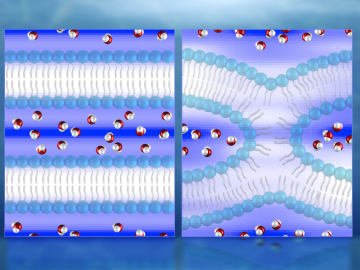
Filter News
Area of Research
- (-) Clean Energy (48)
- (-) Neutron Science (26)
- Advanced Manufacturing (2)
- Biological Systems (2)
- Biology and Environment (4)
- Building Technologies (2)
- Climate and Environmental Systems (2)
- Computational Biology (1)
- Energy Frontier Research Centers (1)
- Fossil Energy (1)
- Fuel Cycle Science and Technology (1)
- Fusion Energy (1)
- Materials (52)
- National Security (2)
- Nuclear Science and Technology (14)
- Nuclear Systems Modeling, Simulation and Validation (1)
- Sensors and Controls (2)
- Supercomputing (23)
News Topics
- 3-D Printing/Advanced Manufacturing (3)
- Bioenergy (2)
- Biology (1)
- Biomedical (2)
- Climate Change (1)
- Composites (1)
- Computer Science (1)
- Cybersecurity (1)
- Energy Storage (1)
- Environment (2)
- Grid (3)
- Materials Science (1)
- Mercury (1)
- Nanotechnology (1)
- Neutron Science (3)
- Physics (1)
- Polymers (1)
- Security (2)
- Space Exploration (1)
- Summit (1)
- Transportation (3)
Media Contacts

Self-driving cars promise to keep traffic moving smoothly and reduce fuel usage, but proving those advantages has been a challenge with so few connected and automated vehicles, or CAVs, currently on the road.

Oak Ridge National Laboratory scientists have devised a method to control the heating and cooling systems of a large network of buildings for power grid stability—all while ensuring the comfort of occupants.
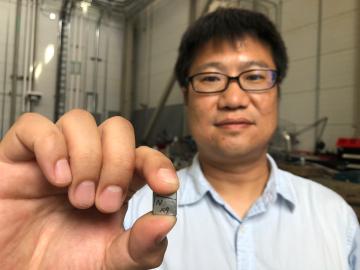

Philip Bingham has two pieces of advice for researchers new to Oak Ridge National Laboratory: (1) develop a skill set that can be applied to multiple research areas, and (2) get out and meet folks across the lab. “The favorite part of my work is that I’ve done a lot of very diffe...
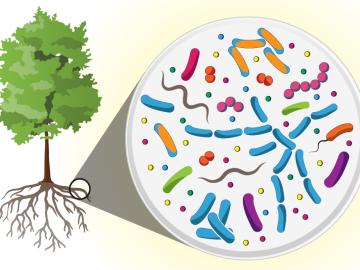
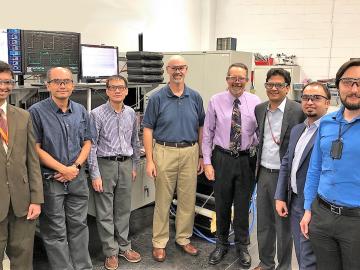
Scientists studying a valuable, but vulnerable, species of poplar have identified the genetic mechanism responsible for the species’ inability to resist a pervasive and deadly disease. Their finding, published in the Proceedings of the National Academy of Sciences, could lead to more successful hybrid poplar varieties for increased biofuels and forestry production and protect native trees against infection.
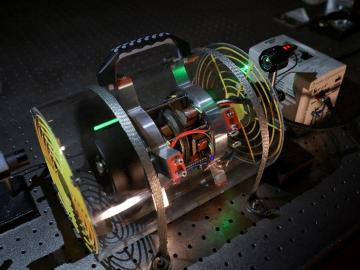
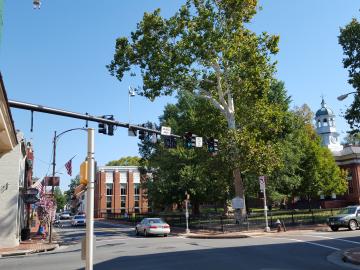
In a project leveraging computer vision, machine learning, and sensors, Oak Ridge National Laboratory scientists are working with private company GRIDSMART Technologies, Inc. to demonstrate how stop lights can be programmed to improve fuel economy and reduce emissions.
